The secret ingredient of comfort food? Struggle.
With pho, Spam, and Hoppin' John, pandemic baking joins a tradition.
...
These days, pho is everywhere. The steaming bowl of rice noodles in broth is a mainstay on Vietnamese restaurant menus worldwide — comfort food served at corner shops, food trucks, and fancy fusion restaurants. It’s a dramatic evolution for a dish that originated out of hunger and struggle.
Pho was created in Hanoi in the early 20th century, when French colonialists craved steak, and the poor masses had to make do with the scraps, says Andrea Nguyen, a prolific Vietnamese cookbook author. Vietnamese butchers had to preserve every speck of meat, so they got creative and served it in noodle soup. “Pho was born out of resourceful cooking, necessity, and scrappy people trying to make a living,” Nguyen says.
Pho is just one example of a dish that evolved from harsh necessity to cultural mainstay. Robert Hall, a professor emeritus of African American Studies and History at Northeastern University, points to Hoppin’ John, a dish of black-eyed peas (domesticated in Africa) and rice. It was made by slaves in the Carolinas dating from the 1670s, when rice was readily available and easily cultivated. Now it’s a soul food staple — a concept that’s “almost posh,” Hall says — often served as a celebratory dish on New Year’s Eve.
The history of food worldwide is intertwined with trauma — from the ceremonial matzoh that represents the Jews’ escape from bondage in Egypt to the wartime Spam that became a signature of Eisenhower-era pantries. The bubonic plague that wracked Europe in the 1300s created a labor shortage, upended class distinctions, and made spices more affordable, expanding medieval serfs’ diets with cinnamon, ginger, and nutmeg.
And if you found yourself baking sourdough bread, pickling onions, or tending a garden during the COVID-19 shutdown, you experienced a modern kind of culinary crossroads. This past spring, people hoarded scarce ingredients, became more self-reliant about preparing and cooking food, and even rethought the power dynamics between food workers and their employers.
Time will tell which of those pandemic-driven changes will persist. But for some clues about the diet and dynamics of food in the future, it’s helpful to look at the challenges of the past.
...
With pho, Spam, and Hoppin' John, pandemic baking joins a tradition.

expmag.com



:extract_focal()/https%3A%2F%2Fpocket-syndicated-images.s3.amazonaws.com%2Farticles%2F6280%2F1619141315_GettyImages-1199343917.jpg)
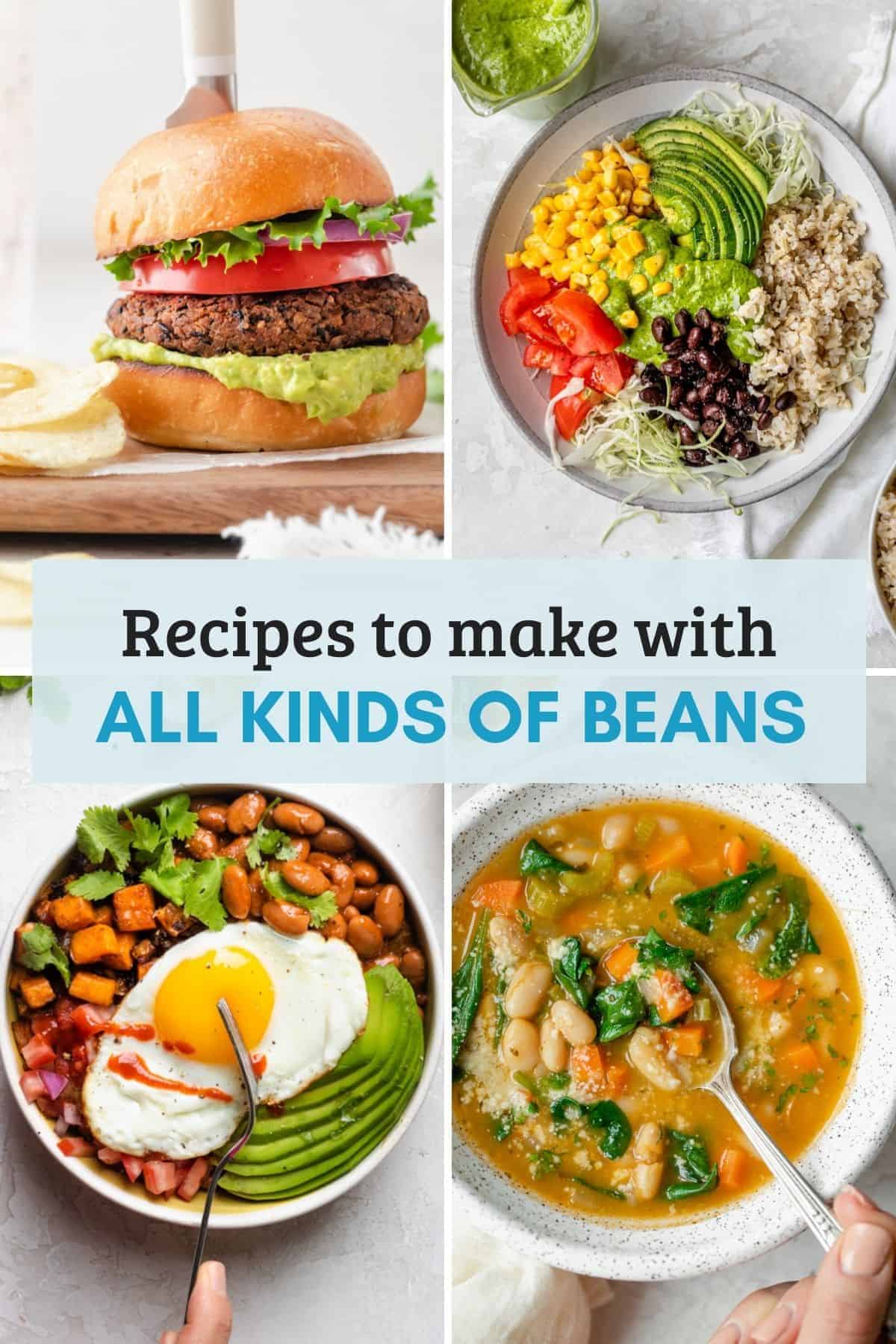
:extract_focal()/https%3A%2F%2Fpocket-syndicated-images.s3.amazonaws.com%2Farticles%2F6249%2F1618717146_607ba93c985ed.png)
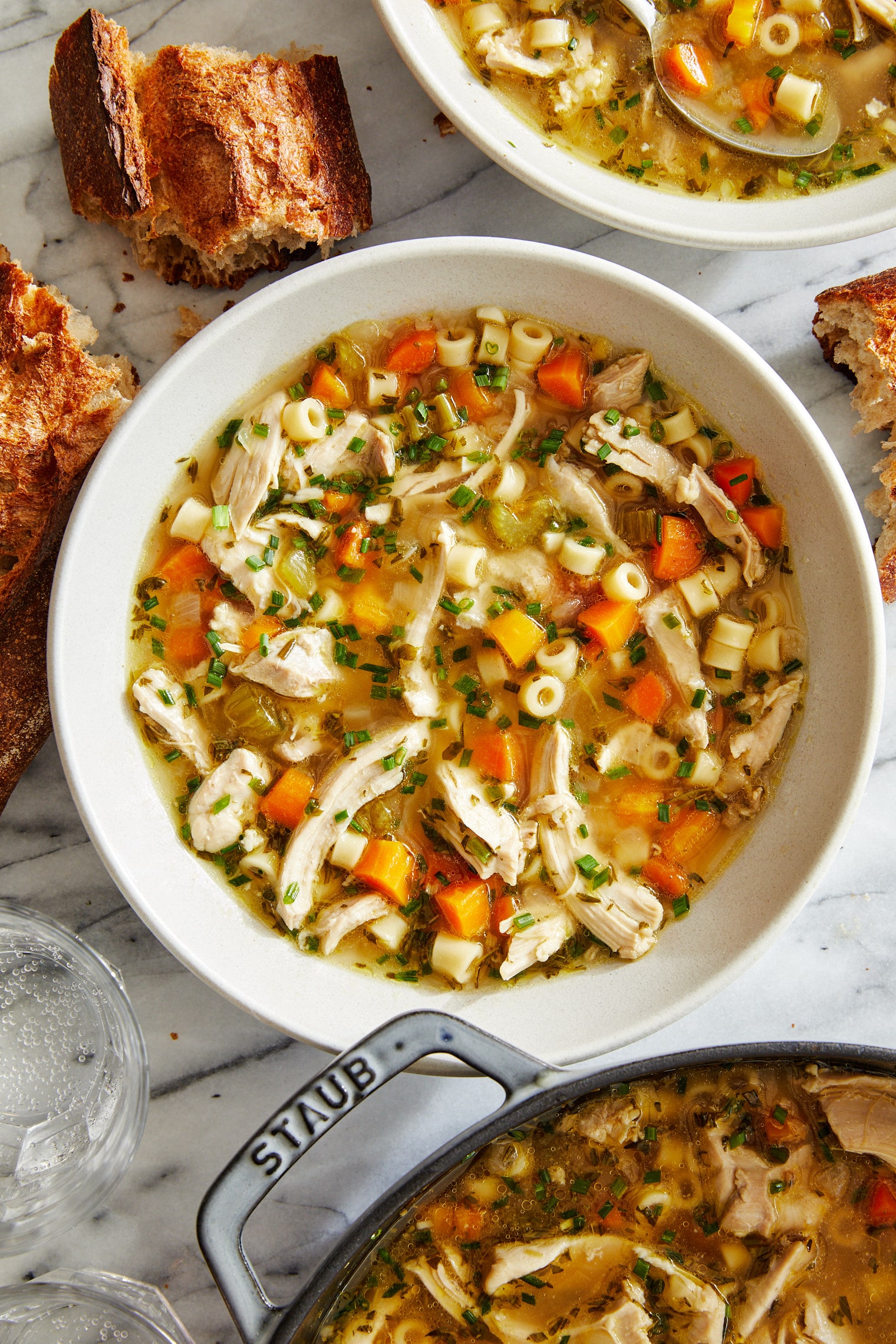


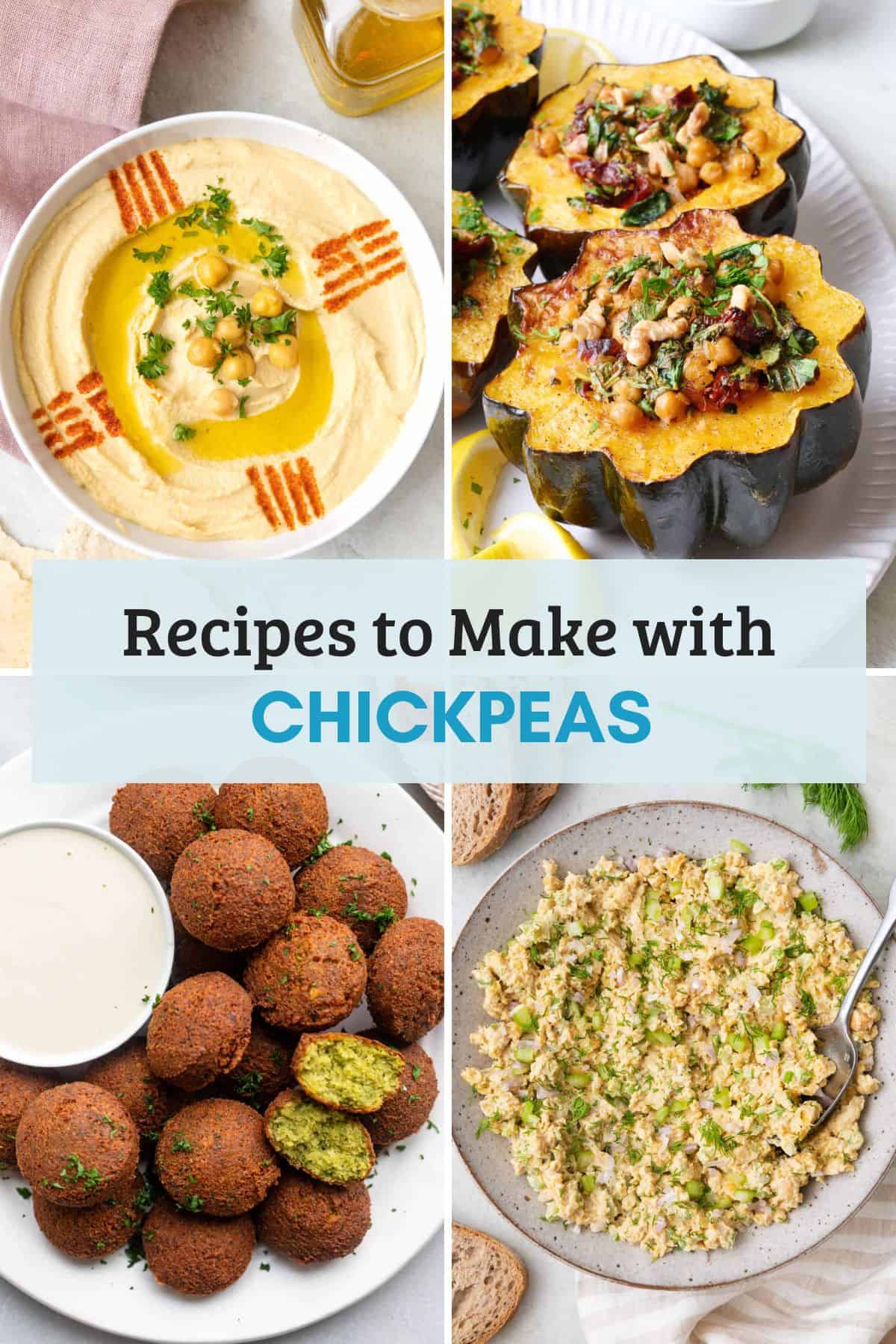
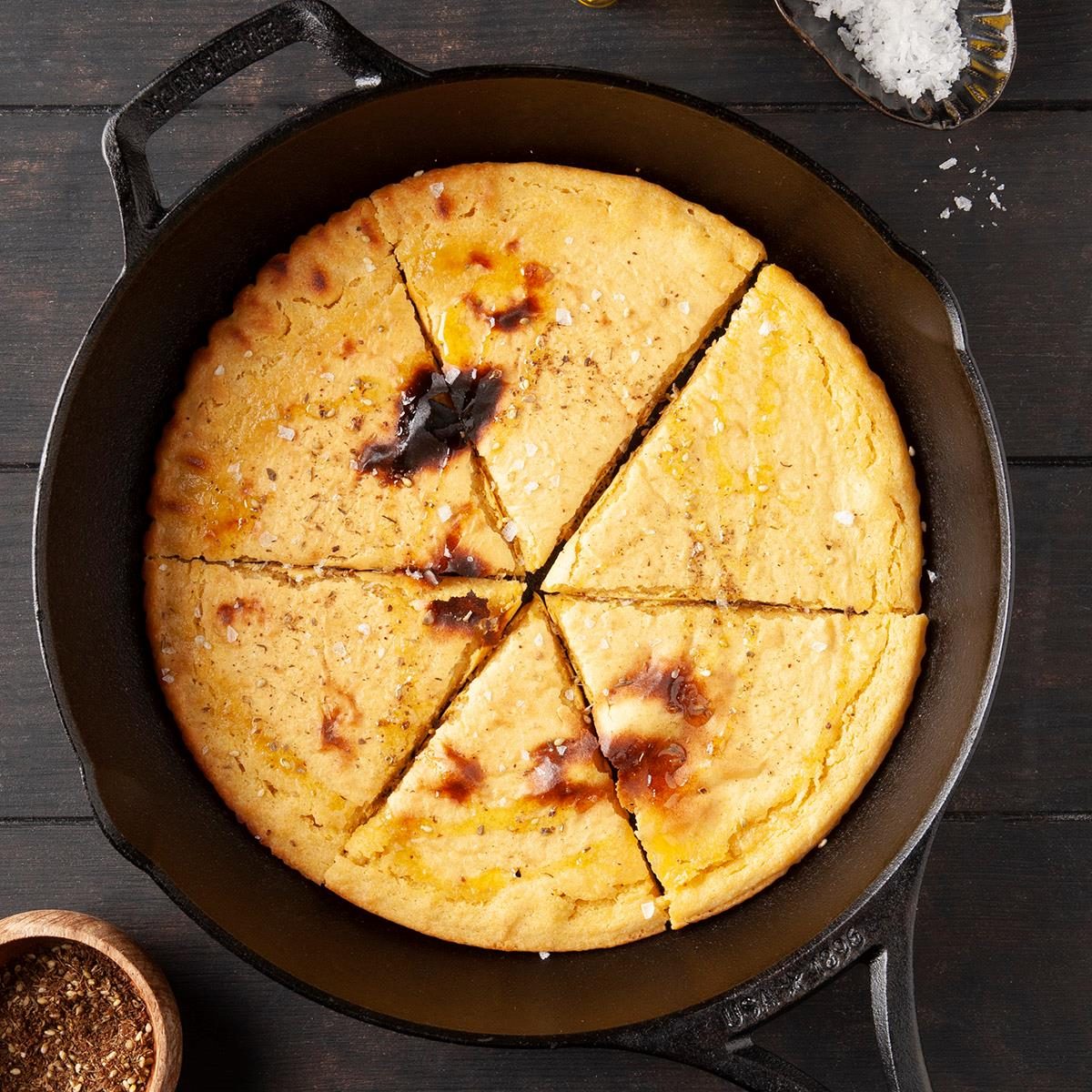

:max_bytes(150000):strip_icc()/4027948-badd6416713941f48c9853c8536bbc51.jpg)


:extract_focal()/https%3A%2F%2Fpocket-syndicated-images.s3.amazonaws.com%2Farticles%2F5380%2F1597417238_k_Photo_Series_2020-03-Skills-Showdown-Salmon_Skills-Salmon_2.jpgcrop.jpg)

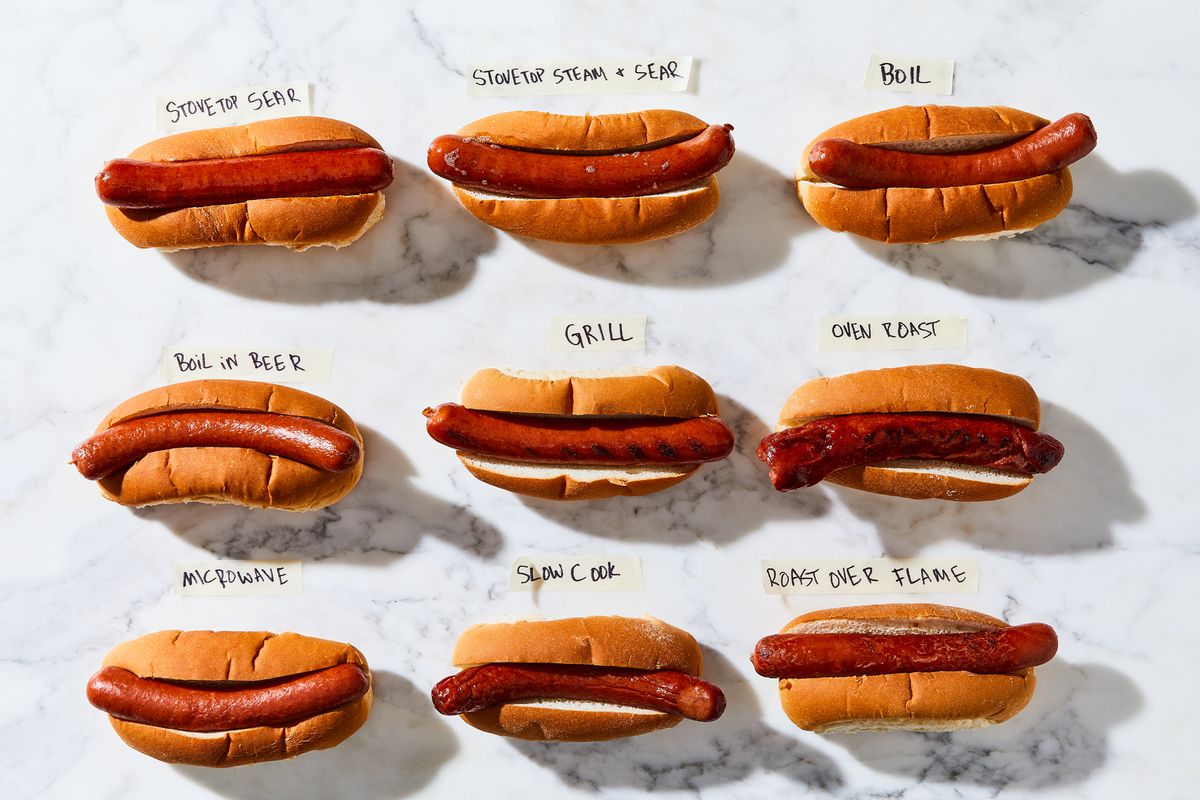
:extract_focal()/https%3A%2F%2Fpocket-syndicated-images.s3.amazonaws.com%2Farticles%2F5505%2F1598465656_k_Design_2019-08_hard-boil-egg.jpgcrop.jpg)
:extract_focal()/https%3A%2F%2Fpocket-syndicated-images.s3.amazonaws.com%2Farticles%2F5370%2F1597337502_at_archive_3127e970e30bbb0b9da0796367e017c9b2c31d80.jpgcrop.jpg22.jpg)
:extract_focal()/https%3A%2F%2Fs3.amazonaws.com%2Fpocket-collectionapi-prod-images%2F4a933551-263f-4d3f-95af-981cbaccdb73.jpeg)
:extract_focal()/https%3A%2F%2Fpocket-syndicated-images.s3.amazonaws.com%2Farticles%2F6315%2F1620075996_60906038dacd6.png)
:extract_focal()/https%3A%2F%2Fpocket-syndicated-images.s3.amazonaws.com%2Farticles%2F5421%2F1597850674_k_Photo_Recipes_2019-11-Southern-Butter-Rolls_2019_everyday_southernbutterrolls1_296.jpg)
:extract_focal()/https%3A%2F%2Fpocket-syndicated-images.s3.amazonaws.com%2Farticles%2F5454%2F1598032207_k_archive_7ed63c9c6146cde6ea5a4d801cd702d79792670d.jpgcrop.jpg)